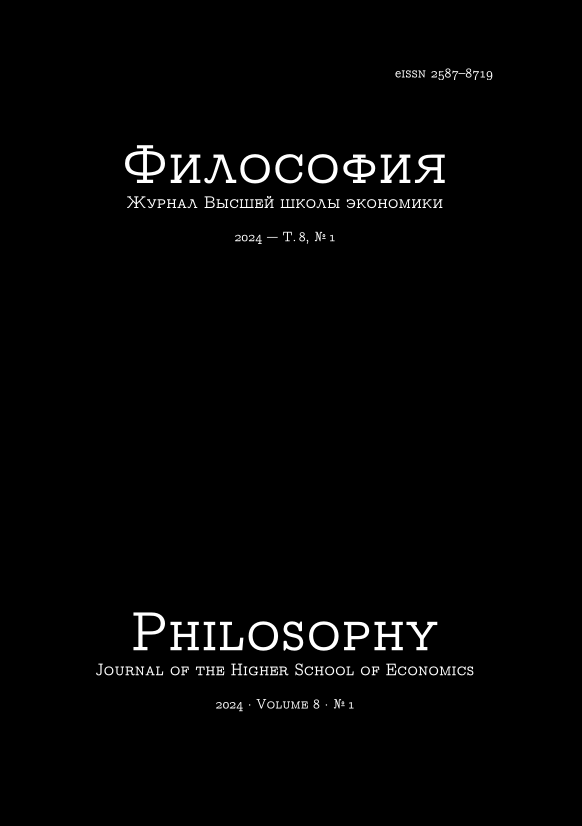Practical Logic
The Reappearance of the Forgotten?
Abstract
These days, both general logic courses and logic courses offered in philosophy departments face the problem of how exactly they should be constructed. I argue that a practical logic course designed in a modern style would be a suitable way out of this situation. To this goal, I provide an overview of what practical logic was in the seventeenth and eighteenth centuries (at the time of its development), make its brief comparison with informal logic, and show that elements of practical logic are already available in the educational system, but they cannot work as productively as a complete course. I base my position on an analysis of main directions of “implementation” of critical thinking courses, which are not rare in university programs. If we evaluate their positive and negative aspects, we see that the most productive courses are courses rooted in logical items that respond to the practical demands of real life. Their systematization and further harmonization in the form of separate courses could be a useful endeavor. The subject and methods of practical logic have passed the test of time, and therefore they look clearer. Its tasks posed centuries ago have not lost their relevance. All these things give advantages to practical logic both in terms of content and in terms of achieving its goals. Its study can also contribute to the development of such an important skill as critical thinking, protecting it from all kinds of dogmatism better than courses that are trendy but vague in their methods and objectives.
Downloads
Copyright (c) 2024 Philosophy Journal of the Higher School of Economics

This work is licensed under a Creative Commons Attribution-NonCommercial 4.0 International License.






